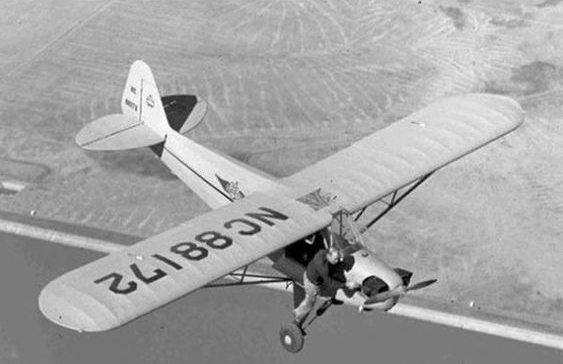The Beech Starship broke ground for many things in aviation. First certificated composite aircraft, first glass panel, to mention a few. I believe Beech lost a lot of money on the Starship and became concerned about a few issues they had with it and management decided to buy back all of them and scrap them. They got most but several people with money decided to keep theirs. I think Beech tried to sue a couple but gave up. There is no parts etc available form Beech. The Avanti is successful but not a lot of demand in the USA. There was one based at Wiley Post but I don't know if it's still there. I moved to Page a few years ago and don't go there much any more.
Here's a cool article about them and a good video too.
https://www.aopa.org/news-and-media/all-news/2017/march/pilot/turbine-beech-starship















